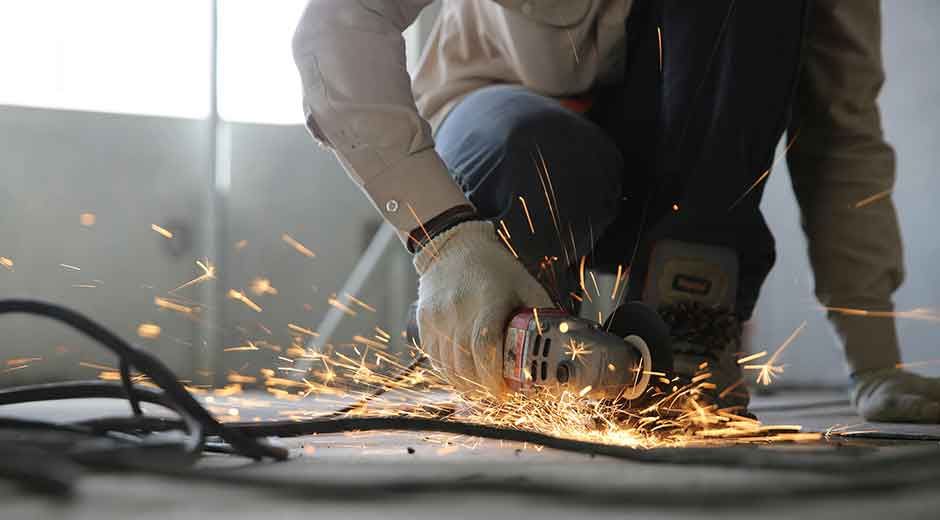Who’s Responsible When Alcohol Leads Injury or Damage?

When alcohol is involved, a night of celebration can quickly turn into a lifetime of consequences. Alcohol makes things more dangerous and increases risk, whether it’s a vehicle crash, a fight, or destruction of property. Decisions made now often result in consequences that extend far beyond those directly involved. The ripple effect affects people, businesses, and communities, raising important concerns about who is to blame and who must bear the cost.
When Personal Accountability Collides with Legal Consequences
The person who consumes alcohol is usually at the center of any incident, yet personal choice doesn’t operate in a vacuum. Across many countries, the law holds drunk people responsible for their acts, especially when those actions cause injury, death, or destruction. Impairment does not absolve anyone of legal duty, whether they are driving under the influence or inciting a violent confrontation. It amplifies it. Courts view voluntary intoxication as a reckless act, especially when it has predictable effects. In these situations, the person who chooses to drink and conduct carelessly could face criminal penalties, civil lawsuits, and have to pay back money. The law reinforces that being drunk is never an excuse for putting others in danger.
The Role of Hosts and Private Gatherings in Shared Liability
When alcohol is served in private homes, the distinction between hospitality and liability becomes sharp. In many places, social host liability rules hold people who knowingly provide alcohol to guests, especially minors or people who are clearly drunk and responsible. If a guest leaves a party drunk and hurts someone, the host could be legally responsible for what happens next. This is especially true when people don’t pay attention to indicators like slurred speech, stumbling, or obvious overconsumption. The law holds the host accountable for their actions or inactions thereof, acknowledging that alcohol-related harm frequently arises not alone from individual poor choices but also from surroundings that facilitated or enabled those decisions to take place.
Business Owners and the Legal Weight of Commercial Alcohol Service
Because they serve alcohol to the public, bars, restaurants, and other places that do so are under more scrutiny. In several places, dream shop laws show that establishments are responsible if they offer alcohol to someone who is obviously drunk or underage and that person later hurts someone. This duty isn’t just a formality; it has legal and financial implications. Training staff, surveillance, and stringent serving rules are no longer optional; they are necessary for lowering risk. A single mistake can lead to tragedy and lawsuits. To protect their operations, businesses use procedures and rules that actively stop over-service while also fostering a culture of responsibility behind the bar and on the floor.
Financial Protection When Liability Becomes Legal Reality
No system is perfect, even if you try your best. Businesses in the hospitality business are really at risk when alcohol is involved. That’s where liquor liability insurance becomes important. This type of coverage protects against disputes that come up when a customer hurts someone or damages property after consuming alcohol. Without it, the financial consequences of a single incident can cripple operations or result in bankruptcy. This insurance protects owners financially and strategically, giving them more confidence as they meet regulatory standards or client needs. In a dangerous situation, being ready isn’t just smart; it’s necessary.
Third-Party Victims and the Path to Legal Recourse
For victims injured due to someone else’s alcohol-induced actions, the route to justice is often complicated. Victims can get money from the individual who caused the problem as well as from any other people who helped make it happen. Legal avenues let victims pursue broader accountability, whether it’s a bar that is overserved, a host who didn’t pay attention to warning indications, or a corporation that didn’t follow safety rules. This method reinforces the idea that prevention involves everyone. Victims don’t have to deal with everything on their own; they have the means to get justice and hold anyone who was involved accountable, no matter what their role was.
Conclusion
When alcohol causes harm or injury, no one is to blame. It encompasses personal preferences, hosting practices, business operations, and legal protections. Everyone in the chain, from individual drinkers to businesses, has a responsibility to either prevent harm or make it worse. After occurrences involving alcohol, it is rarely easy to hold people accountable, but it is always important to keep them accountable. Understanding who is responsible lays the groundwork for prevention, protection, and justice in a world where one drinks too much can change everything.


